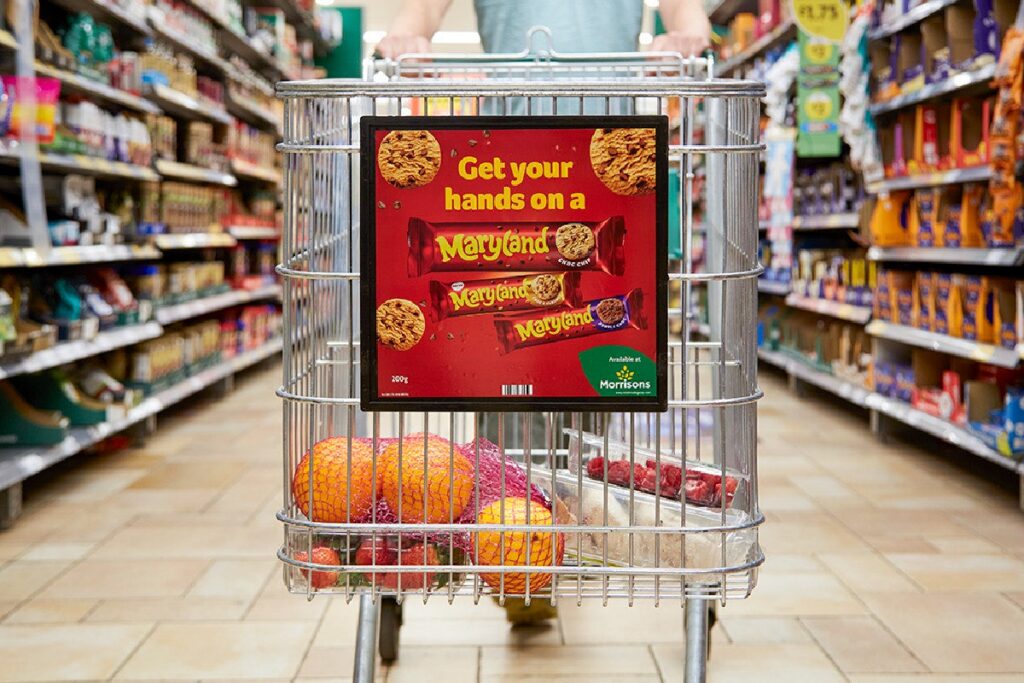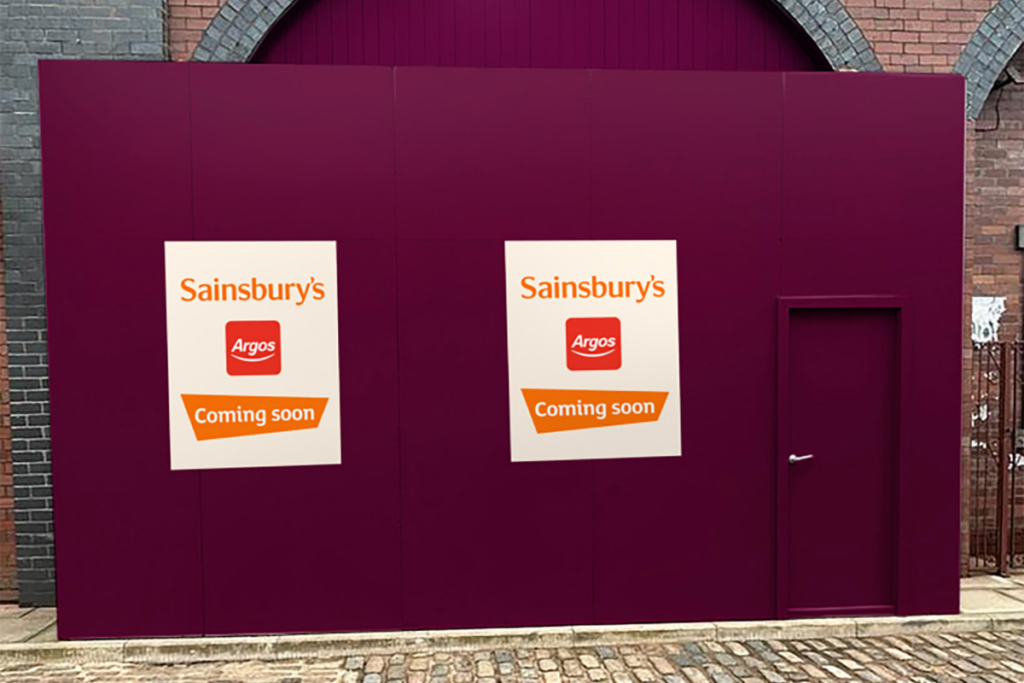Mediocre buying teams are costing the UK retail sector £1.3bn in lost profits, according to management consultancy Inverto.
The independent research, which interviewed 150 retail directors over the phone, found that risk factors around supply chain dominate buying trends over the next ten years.
19 per cent of respondents said inflation/currency fluctuation in the Far East leading to higher output cost was the single most important trend that would affect the procurement function over the next 5-10 years.
“Retailers need to stop and think,” says Richard McIntosh, UK Managing Director of Inverto.
“In the current economic climate, growing top-line sales is hard. For a typical retailer, a one per cent saving in costs provides the equivalent EBIT impact of a 12 per cent increase in sales, so the way they buy deserves attention.
“The problem is retailers need to honestly assess the performance of their buying teams before they‘re able to access these significant benefits. Ninety per cent rate their buying team as better than average – they can‘t all be. Seventy per cent believe they‘re getting better terms than their competitors – this also cannot be true. Retailers are deluding themselves.”
Dominating the concerns for retailers were issues around the supply chain. Almost a quarter said increasing the range of suppliers would improve the performance of procurement. While the top four trends affecting procurement over the next 10 years included inflation/currency fluctuation, traceability of sourcing through the supply chain, environmental issues and the identification of new suppliers.
“Increasing profits through procurement is a necessity over the next few years but it‘s getting harder with suppliers already squeezed and low-cost sourcing prevalent,” McIntosh continues. “Retailers have to become more sophisticated with their buying strategy and be open to new ways of working.”
Indirect spend – or goods and services not for retail – such as marketing, facility management or shop fitting can account for up to a tenth of an average retailer ´s turnover but appears to be a blind spot for many. The majority of respondents (79 per cent) said their procurement resources are focused on direct spend opposed to indirect spend.
McIntosh comments: “Managing indirect spend effectively saves our retail clients on average 12.4 per cent. Who can afford to be turning savings down? Especially when a quarter said they have to pass the benefit of cost savings to the customer in order to remain competitive. It makes the case for actively managing every pound of expenditure even more compelling.”

















